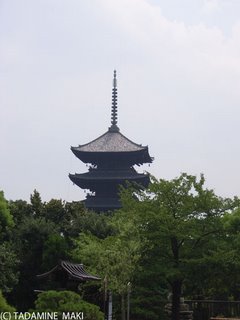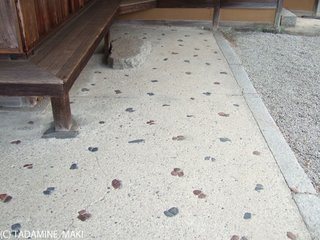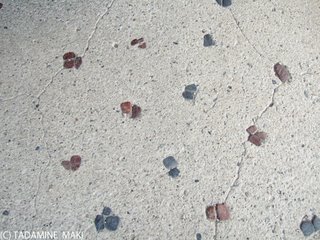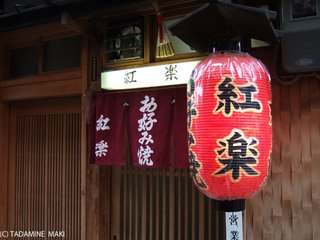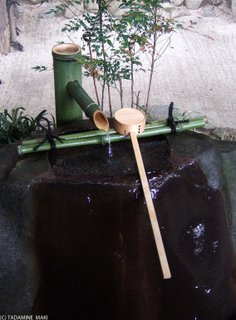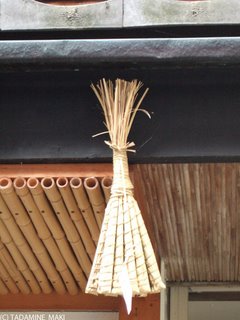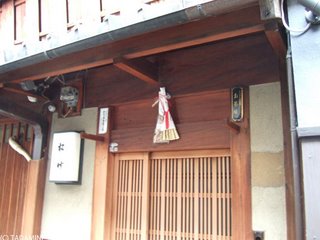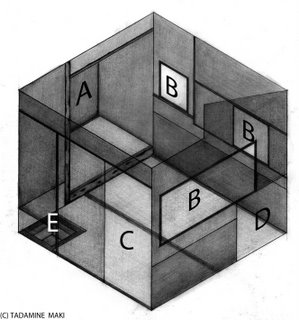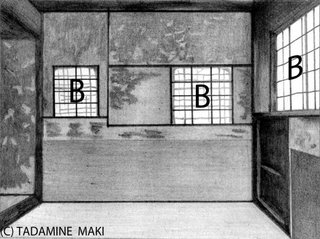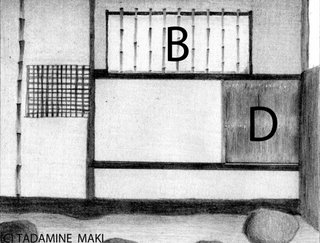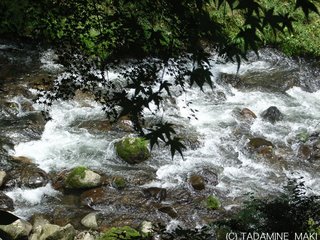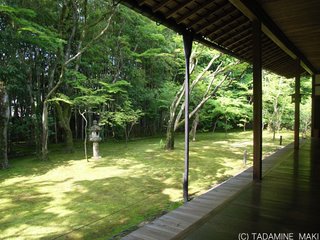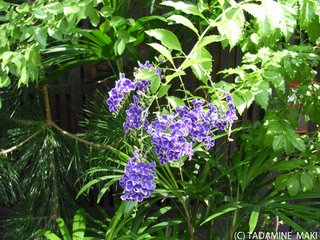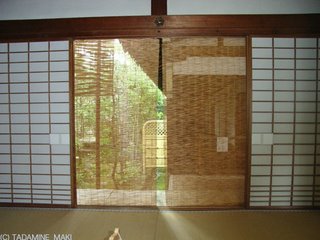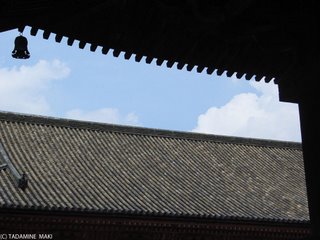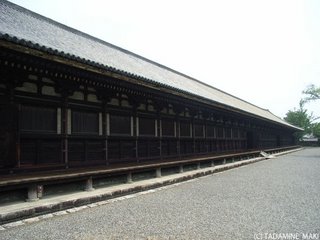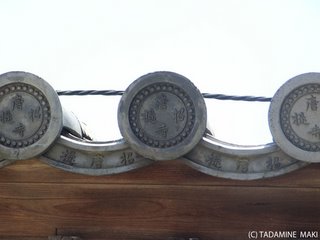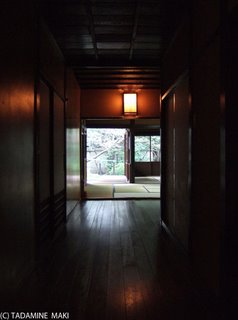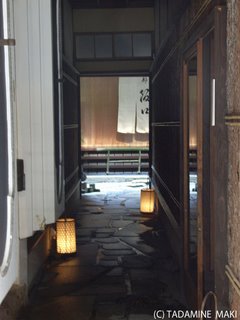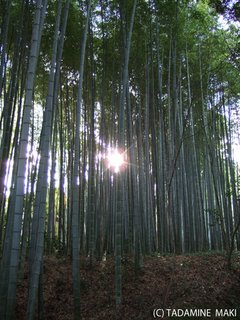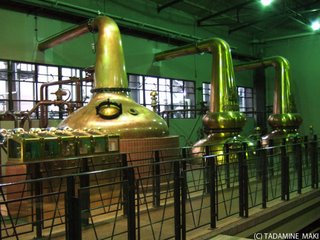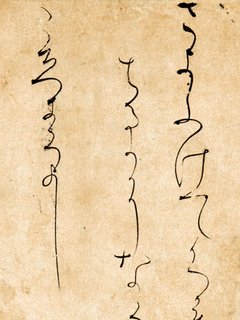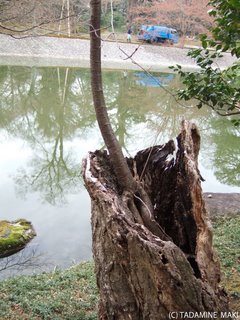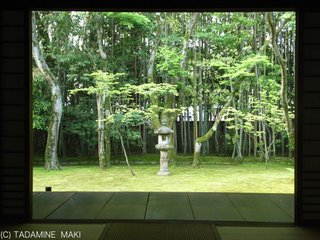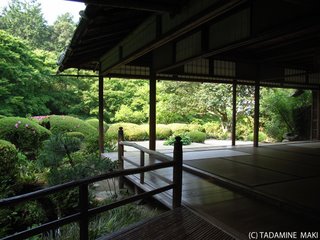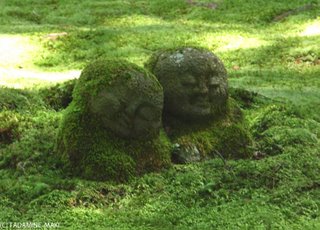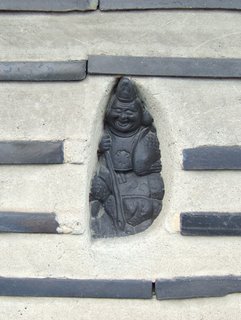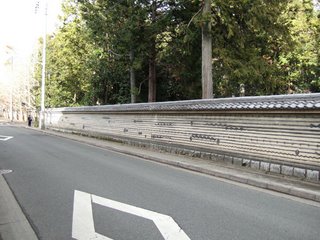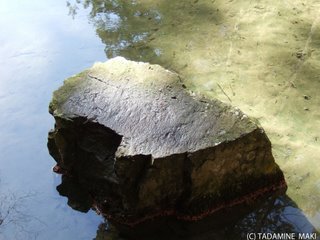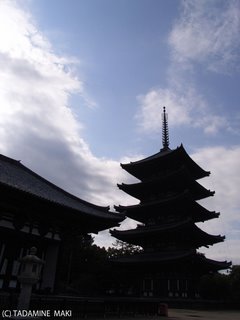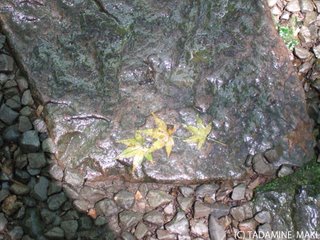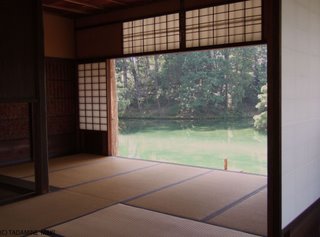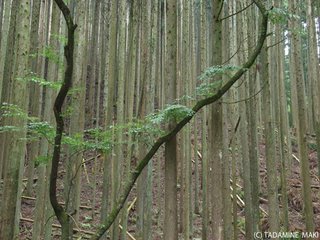
This photo, one natural oblique tree among many forested straight cedar trees, reminds me of short-staying in Manhattan, NYC, in winter for the first time.
Manhattan is, as you know, the city of many skyscrapers. It has a rigid grid of streets, running from north to south and from east to west. On both sides of these streets are towering many buildings, too tall to look up their top.
I felt a little oppressed when walking along a very straight street, surrounded by these structures made of stones, concrete, steel and glass. Every stuffs were composed of vertical and horizontal lines there. Nothing was natural elements. All were artificial. The streets was under the shade of these buildings though the sky was clear. Plus, it was windy. I felt as if I were walking along the artificial valley between towering buildings.
Walking toward the north led to an intersection, and then I happened to find an oblique street running. It was, so called, Broadway and one of a few roads running in a diagonal direction in the grid. Then I was getting better as walking on Broadway.
Manhattan has no slope, I'd think, a grid of streets, many skyscrapers and is artificial.(except some parks:-)) Between them is Broadway. This road softens a feeling of somewhat pressure caused by the artificial.
But I like this exciting and amazing city very much:-)
Location by Google Map
